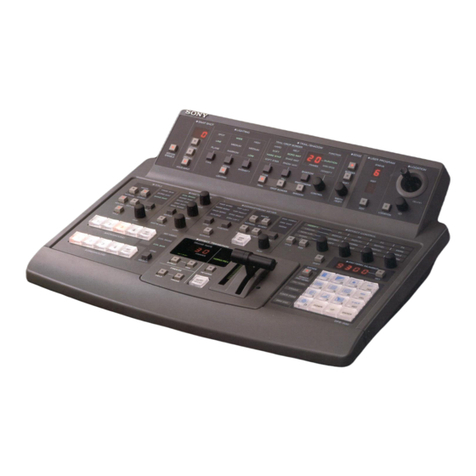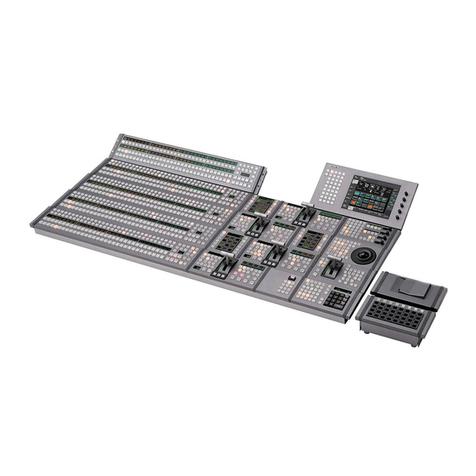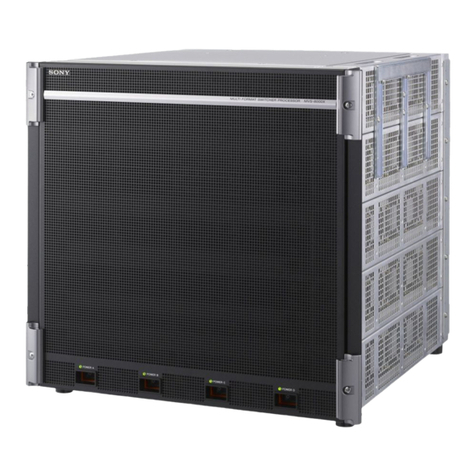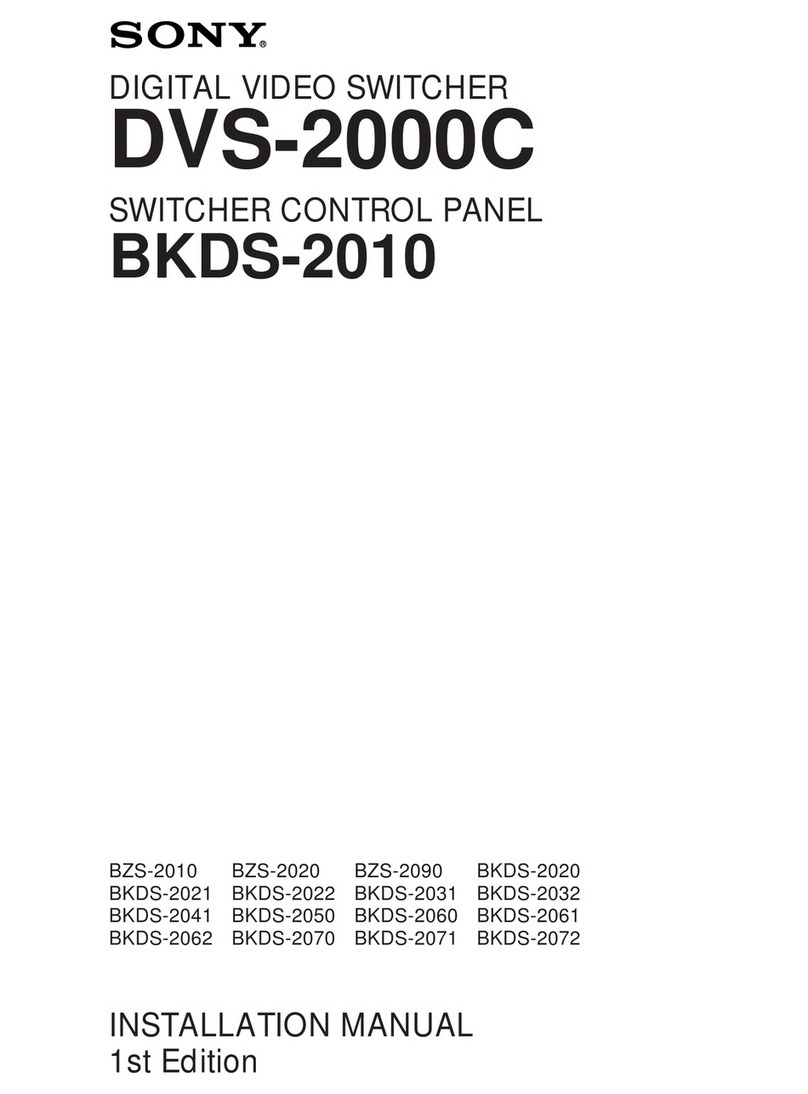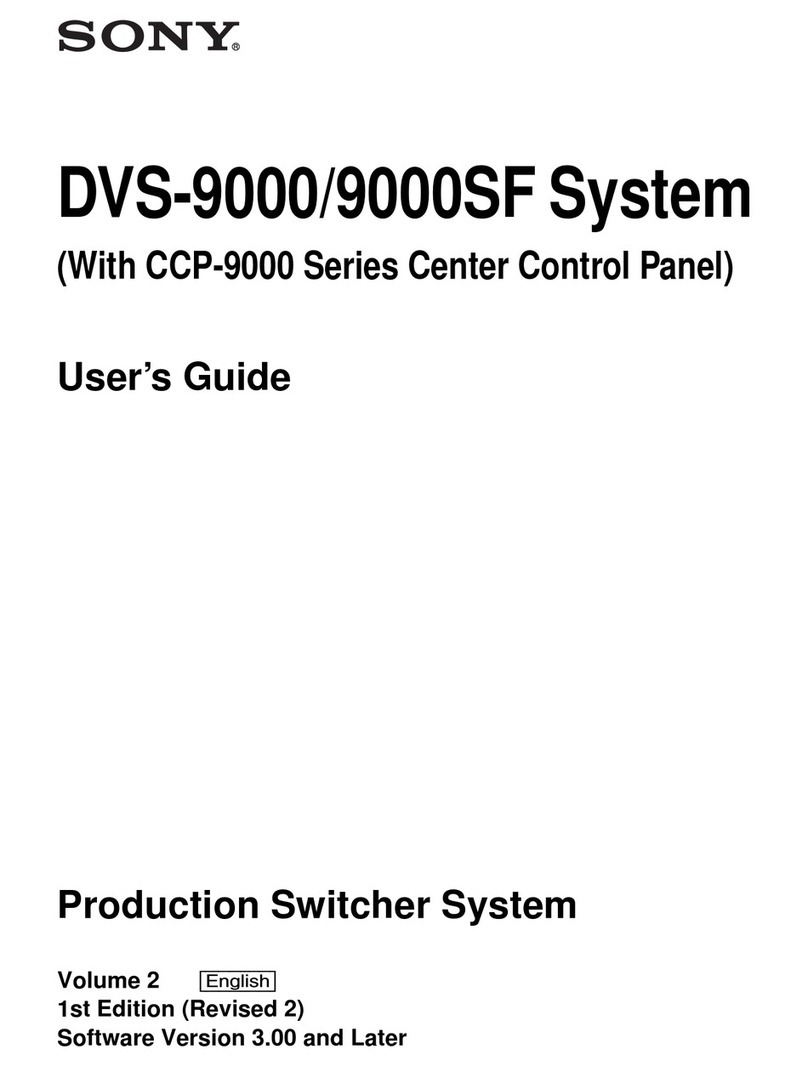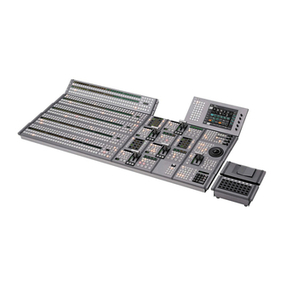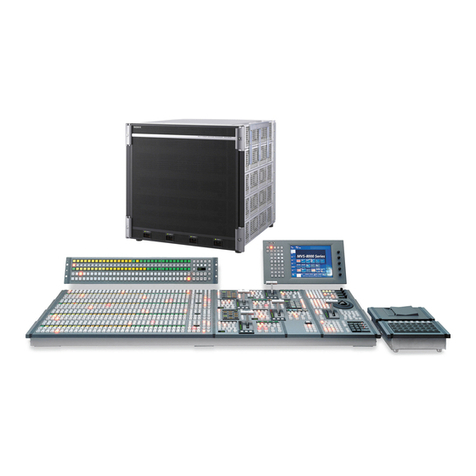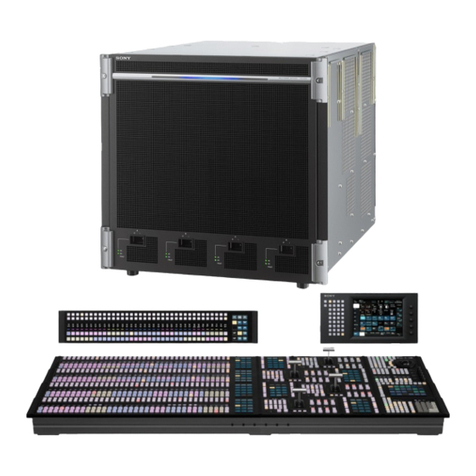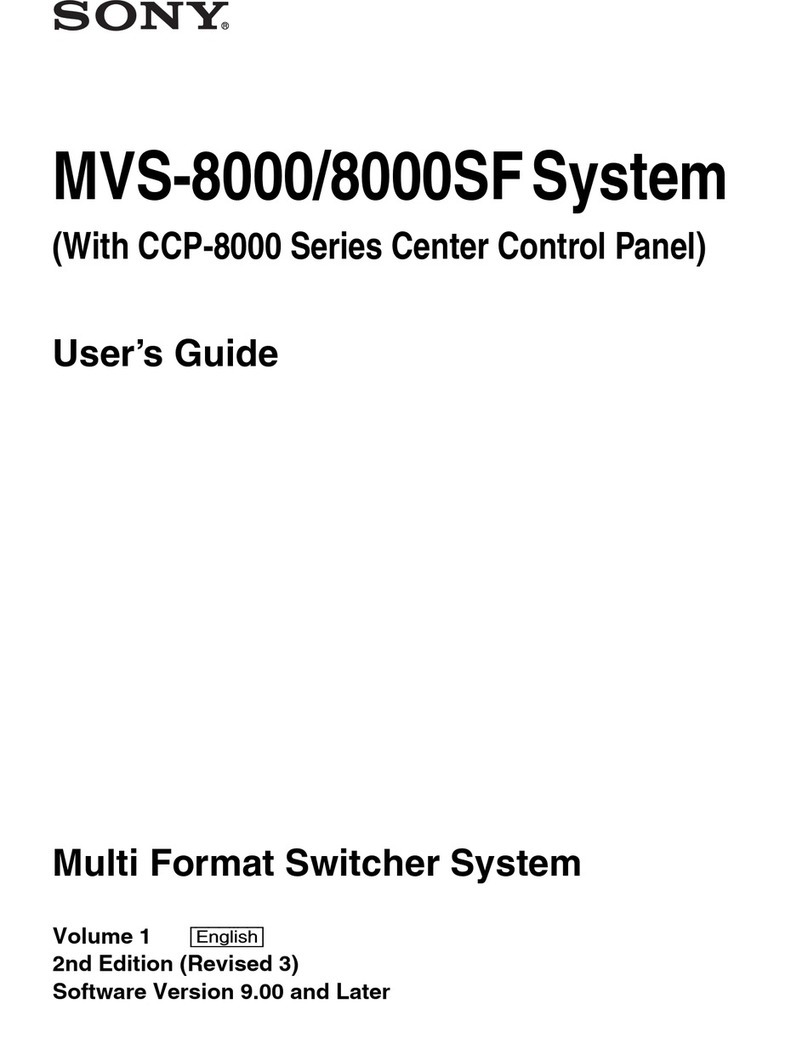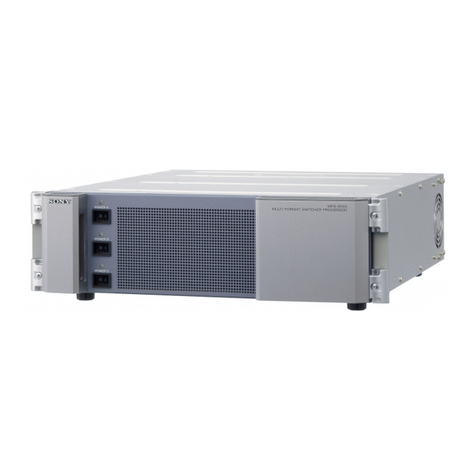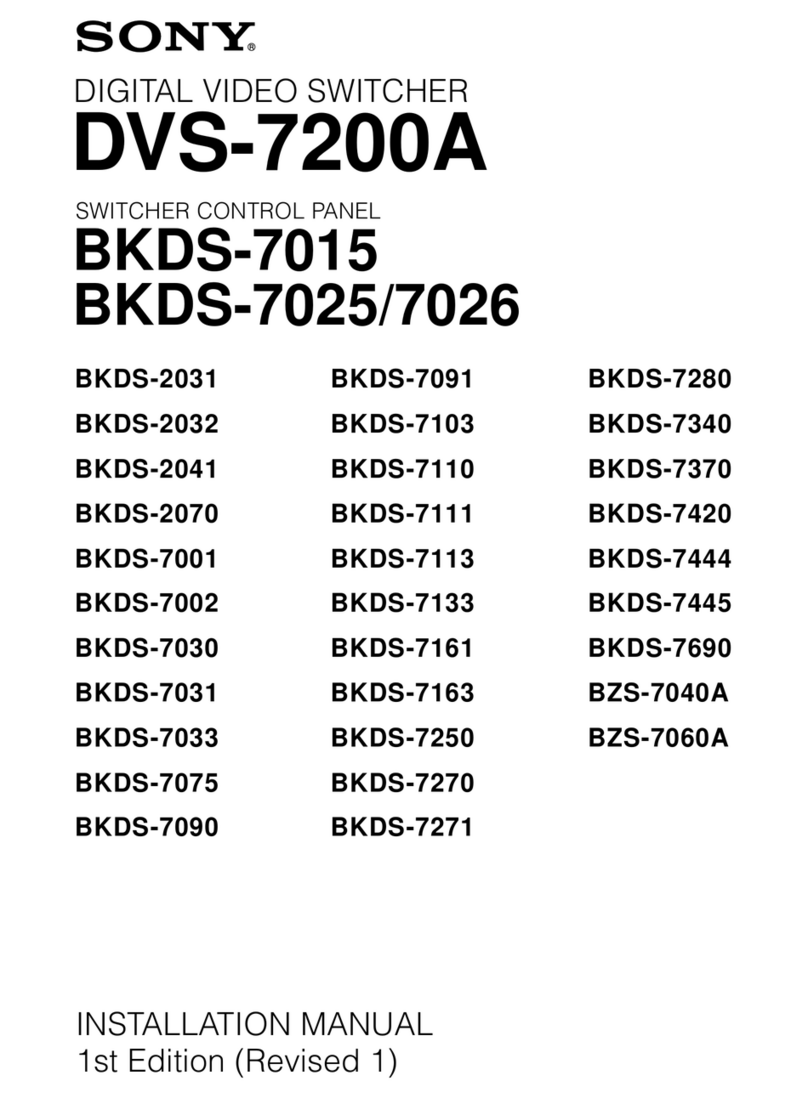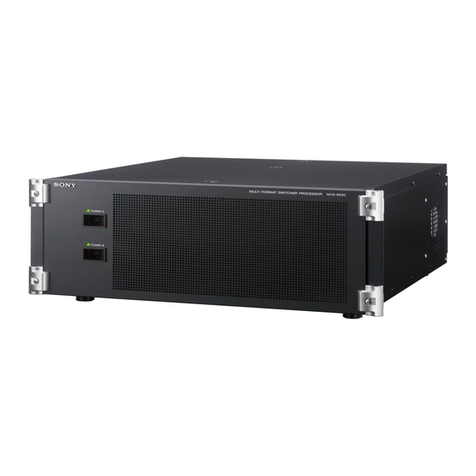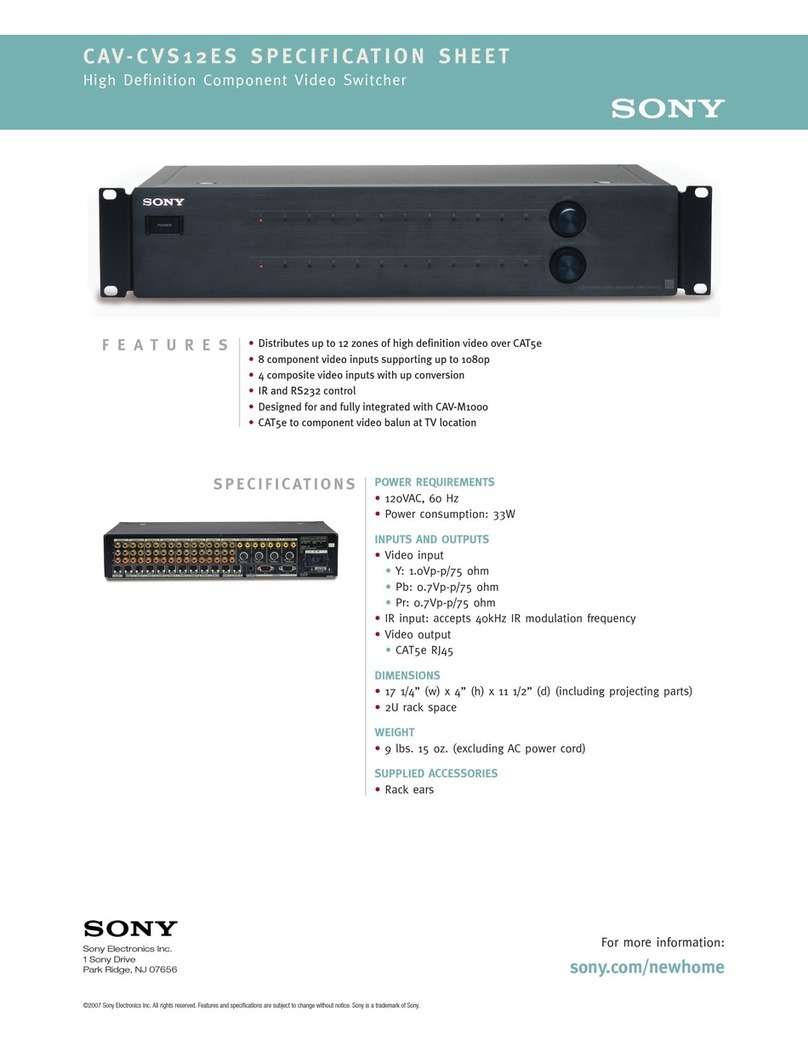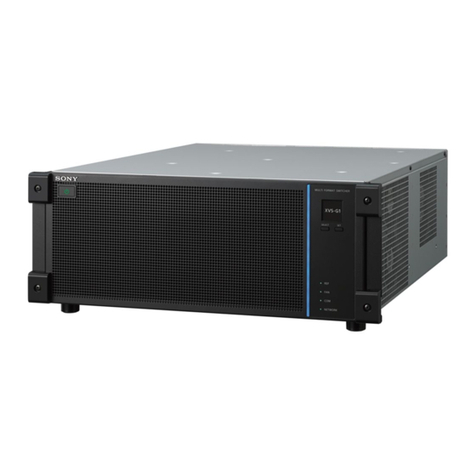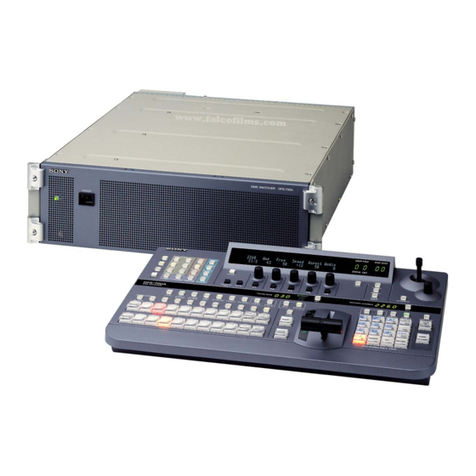
ii Table of Contents
Table of Contents
Using the Program/Preset Bank............................................ 4-19
Overview .......................................................................... 4-19
Basic Operating Procedure ............................................... 4-19
Executing a Transition ........................................................... 4-22
Overview .......................................................................... 4-22
Setting the Transition Rate ............................................... 4-23
Executing a Transition...................................................... 4-25
Keys.......................................................................................... 4-30
Overview .......................................................................... 4-30
Basic Key Setting Operations........................................... 4-36
Basic Operation for Key Settings Using the Key Control
Section................................................................... 4-55
Wipes ....................................................................................... 4-60
Overview .......................................................................... 4-60
Basic Operation for Wipe Settings ................................... 4-66
DME Wipes ............................................................................. 4-80
Overview .......................................................................... 4-80
Basic Operation for DME Wipes...................................... 4-85
DME Wipe Settings.......................................................... 4-87
Color Backgrounds................................................................. 4-95
Overview .......................................................................... 4-95
Color Background Setting Operations.............................. 4-96
Status Display.......................................................................... 4-98
Status Display Operation .................................................. 4-98
Chapter 5
Chroma
Keying
Overview.................................................................................... 5-2
Basic Chroma Key Operations................................................ 5-3
Preparations ........................................................................ 5-3
CHROMA KEY Menu ....................................................... 5-4
Basic Operations................................................................. 5-5
Adjusting the Chroma Key Image ...................................... 5-7
Video Signal Adjustment.................................................. 5-12
Chroma Key Masking....................................................... 5-13
Upgrade Board Mode Selection ............................................ 5-15
Dual Mode Chroma Keying................................................... 5-16
Dual Mode CHROMA KEY Menu .................................. 5-16
Chapter 4
Basic
Operations for
Image Creation
(Continued)
